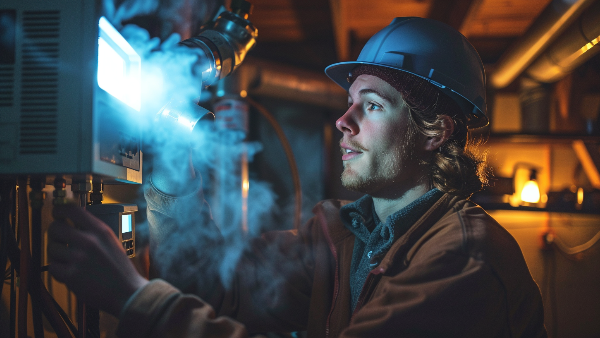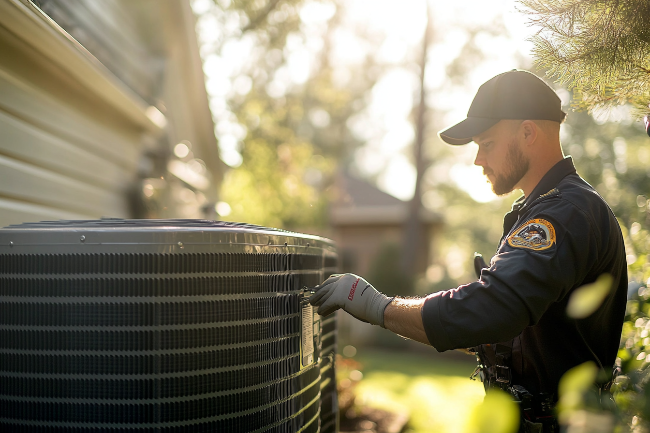Installing a Smart Thermostat When You Don't Have a C Wire
Installing a Smart Thermostat When You Don't Have a C Wire
Investing in a smart thermostat is a great way to cut your heating or air conditioning bills. It also allows you to keep your house comfortable without messing with the thermostat all day. Once you set your temperature preferences for different times, a smart thermostat figures out the most energy-efficient way to get your house to those temperatures.
New houses are usually equipped with C wires, which allow you to easily install smart thermostats. If you own an older home, though, you can still use the latest thermostat technology. Follow these steps to get your wiring and HVACs system ready.
Double-Check if You Have a C Wire
Smart thermostats rely on common wires, also called C wires, for their power source instead of batteries or older wiring systems. To see if your house has a C wire, turn off your current thermostat's power breaker. Then, take it off the wall and see if there is a blue wire attached to the device. This blue wire is your C wire, and if you have it, you're all set. If you don't have one, reach out to an HVAC expert and read on to determine what your next steps should be.
Use Your Existing Wires
If your thermostat has four wires that aren't blue, there is a chance that a new smart thermostat can operate from one of the other wires' power. Never attempt to install a thermostat into an unknown wire on your own; you may damage the device or give yourself an electric shock. Instead, ask your HVAC company to see if one of these wires is suitable, especially if you're using an ecobee or Nest thermostat. Both of these brands are known for their adaptability to alternative power sources.
Get an Adaptor
Older thermostat connections sometimes have only two wires, and because the power is split so few times, it is too strong for your smart thermostat. You cannot run a new device through these wires without an adaptor that accounts for the wires' higher voltage. Your HVAC provider can recommend adaptors that are the proper voltage for your chosen thermostat and can complete the installation process.
Use a Battery-Powered Smart Thermostat
Some smart thermostats do not use wires at all and rely on batteries, just like older thermostats. This option is great if you don't have the time or budget to change your old house's wiring. Don't forget to stock up on batteries.
Replace Your Wiring
If your ideal smart thermostat needs a C wire and can't use an adaptor, work with your HVAC company to have the wiring replaced. This is also a necessary step if your thermostat's wires are frayed or the colored insulation is ripped. Do not attempt electrical repairs on your own and avoid using broken wires to prevent fires and electrical shocks.
When it comes to heating and cooling your house, you can't go wrong with Next Level HVAC. For more information on how to install a smart thermostat or any other HVAC concerns, contact us at 707-228-9921, or fill out our online form.









